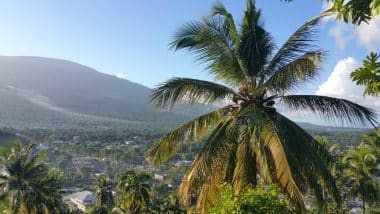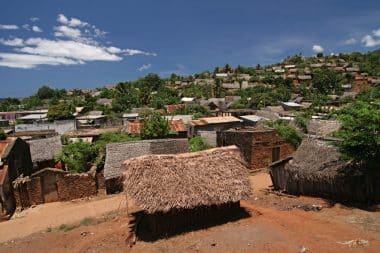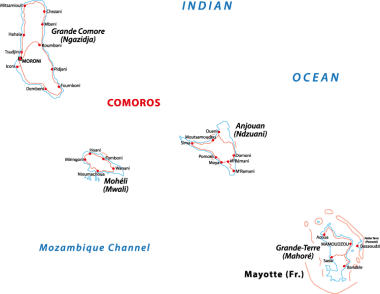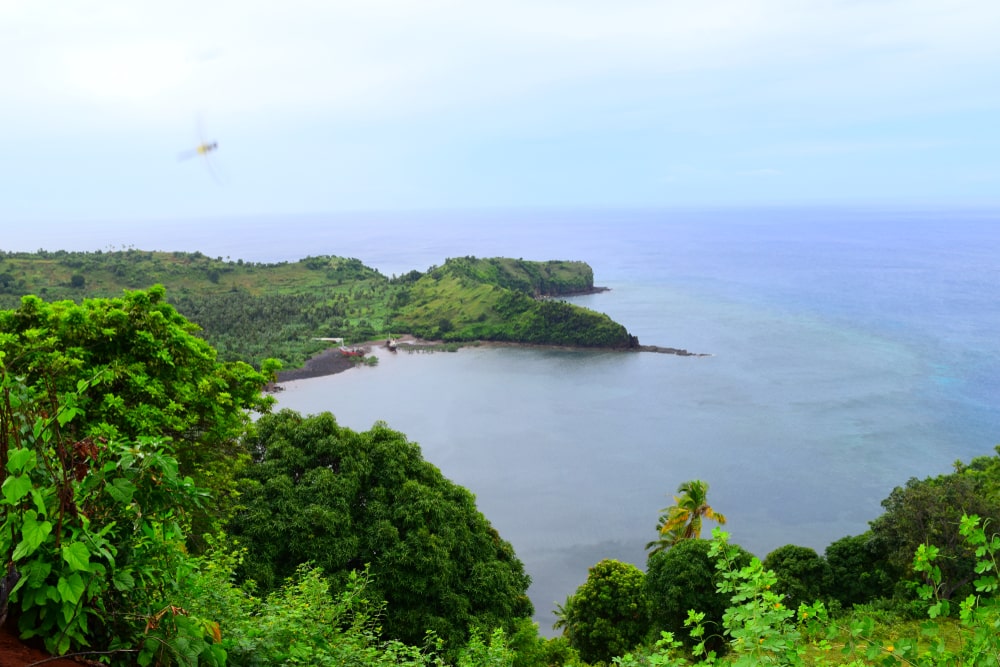The East African Comoros Islands are very remote between Mozambique and Madagascar in the Indian Ocean. Anyone who visits them must be an adventurer, because they are hardly developed for tourism. The year-round mild temperatures (22-27 degrees C), the tropical rainforest, waterfalls, coral reefs and the palm-fringed white beaches make the Comoros a dream destination. The four main islands of the archipelago were French colonies, today only Mayotte is considered a French overseas territory, while the three islands of Grande Comore, Anjouan and Mohéli have formed the Union of the Comoros since 1975. Unfortunately, political unrest often occurs in the island state. Medical care in the Comoros does not meet European standards.
General information about the Comoros
The islanders are descendants of immigrant Arabs, Indians, Bantu, Malagasy and South Sea inhabitants – many of their ancestors were once slaves. They are known for their hospitality and great cuisine, which is influenced by African, Indonesian, French and Indian influences. Many Comoros live from fishing. They sell home-grown rice, corn, plantains, sweet potatoes and cassava at the market. The plantations on which the export products vanilla and ylang-ylang grow are mostly owned by French companies. Ylang-ylang provides the fragrant oil that is important for cosmetics and perfume making.
Strict customs prevail in the Comoros
In the Comoros, things are very strict about morals. Travelers should make sure that they are dressed “modestly”. Sleeveless mini dresses with necklines or shorts cause offence. During Ramadan, women are not allowed to go swimming. Visitors can only find alcohol – mostly beer – in hotels. Only there is it a little more liberal in moderation.
Grande Comore – The capital inspires with exotic flair

The largest and northernmost of the islands is Grande Comore. It has an international airport where most tourists land. The capital Moroni with 60,500 inhabitants invites you to take a first stroll. White mosques with their minarets tower over the city, which is considered the religious center of the Islamic island state. There are plenty of accommodations, restaurants and grocery stores in the lively town. It has been able to retain an exotic flair to this day. The colourful Volo-Volo market invites you to haggle. In addition to fruits and vegetables, visitors buy jewelry, spices and hand-carved woodwork. Ships depart from the port to the other islands.
On Grande Comore, the Karthala sometimes spits lava
A road on the coast surrounds the island, in the middle it becomes more difficult to get around. Near Moroni, holidaymakers will find dream beaches and beach accommodation – from some luxurious hotels to simple bungalows. From Moroni it is worth taking part in tours to the Karthala volcano. The mountain is 2300 meters high. After 1991, there were eruptions again in 2005 and 2006, which made it necessary to evacuate the inhabitants.
Living fossils in the water off the island of Mohéli

Among connoisseurs, the smallest island of Mohéli is considered the most pristine of the Comoros and is therefore the destination for explorers. It is located with the capital Fromboni about 85 kilometers south of Grande Comore. Flora and fauna are extraordinary: there are colorful butterflies and giant tortoises. The ape-like lemurs romp in the trees. The deep sea off Mohéli is home to the coelacanths, a primeval fish species with bones. Nature lovers rave about black parrots and short-eared owls. The preferred photo motif of visitors to Mohéli are the fruits of the sea coco, which look like a woman’s buttocks.
Plantations and colonial buildings on the perfume island of Anjouan

75 kilometers east of Mohéli is Anjouan, the second largest island. Its capital is the old picturesque trading town of Mutsamudu with terraced houses. The landscape of Anjouan is dominated by rugged mountains, plantations dominate the valleys. Everything that is necessary for perfume production thrives on it: ylang-ylang, jasmine, cinnamon, cloves, basil and vanilla. The architectural relics from the colonial era are worth seeing. The area around Pomoni in the south of Anjouan is the most popular holiday region, and Moya is considered the most beautiful sandy beach.
A touch of France in Mayotte
Mayotte is the fourth island. It has remained with France and is therefore not counted as part of the Union of Comoros. Mayotte is made up of many islets, with two larger ones: Grande Terre and Petite Terre. The capital Mamoudzu is located on the large island, while the airfield is located on Petite Terre. Mayotte has only extinct volcanoes, but is surrounded by a coral reef all around. It is a dream destination for divers and anglers who catch tuna, sea bream, marlin and barracuda here. Most of the inhabitants of the Comoros speak Comorise, but you can also communicate in French.


